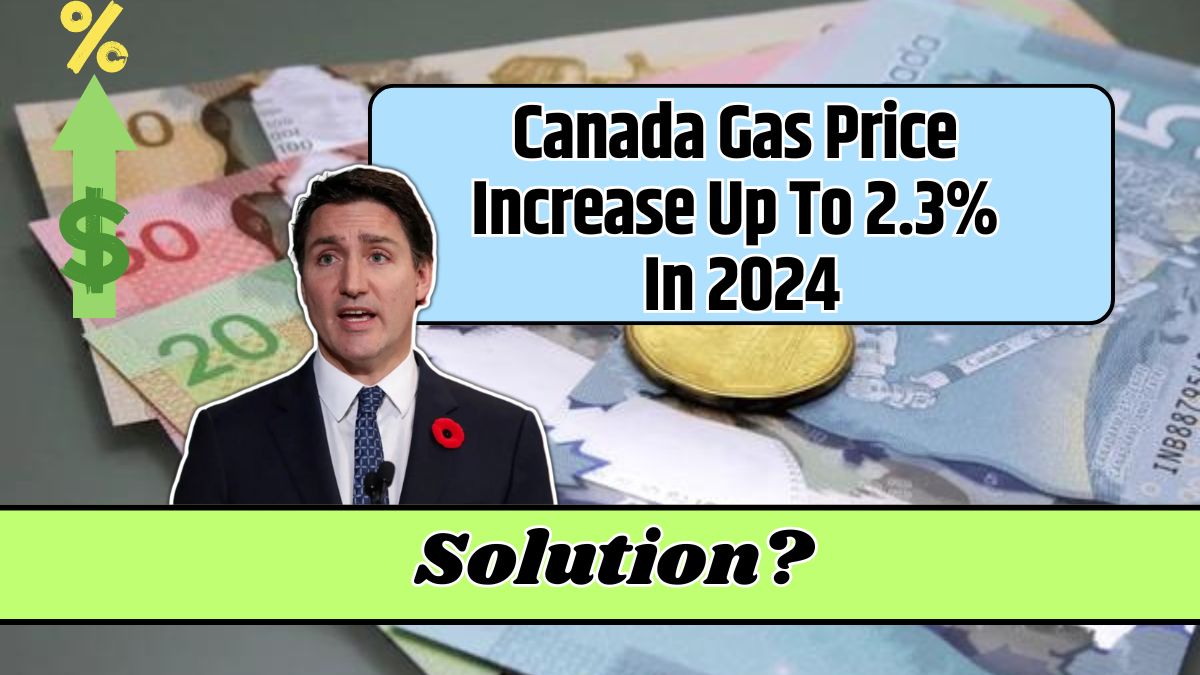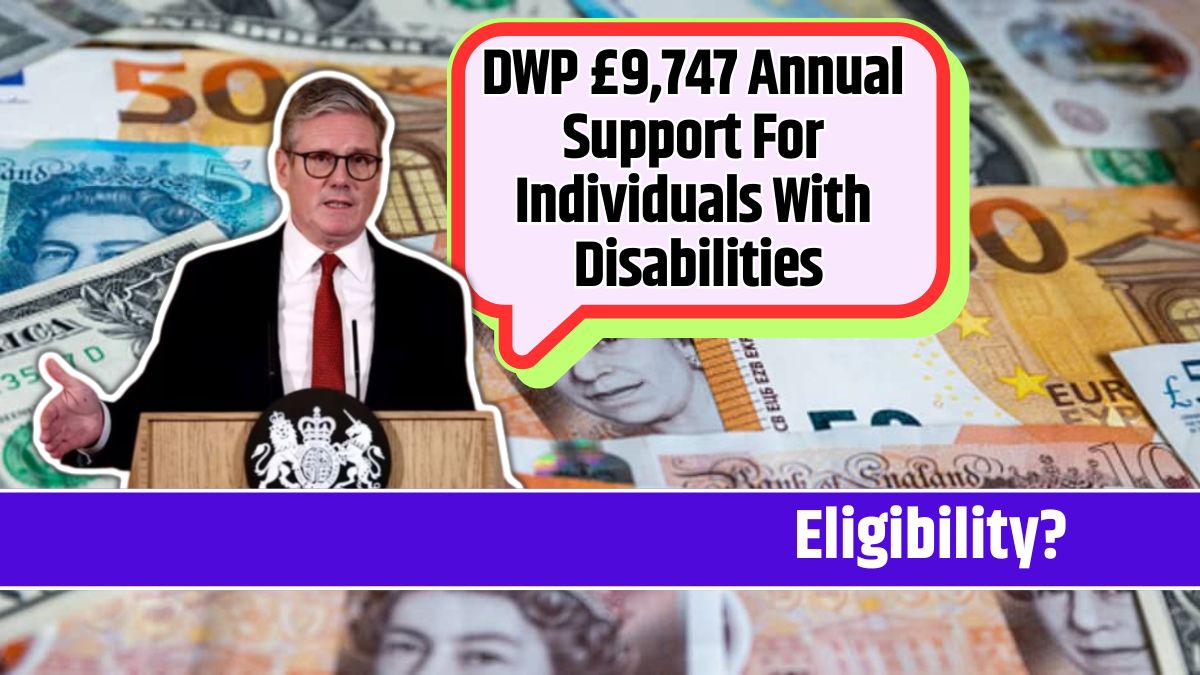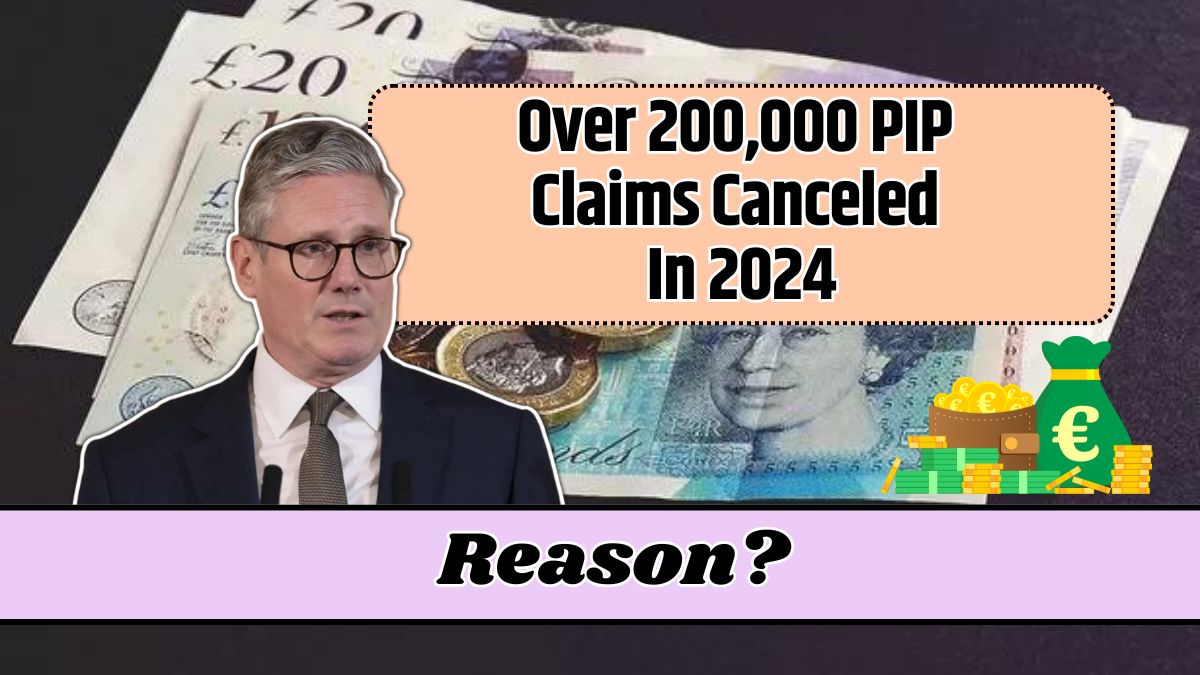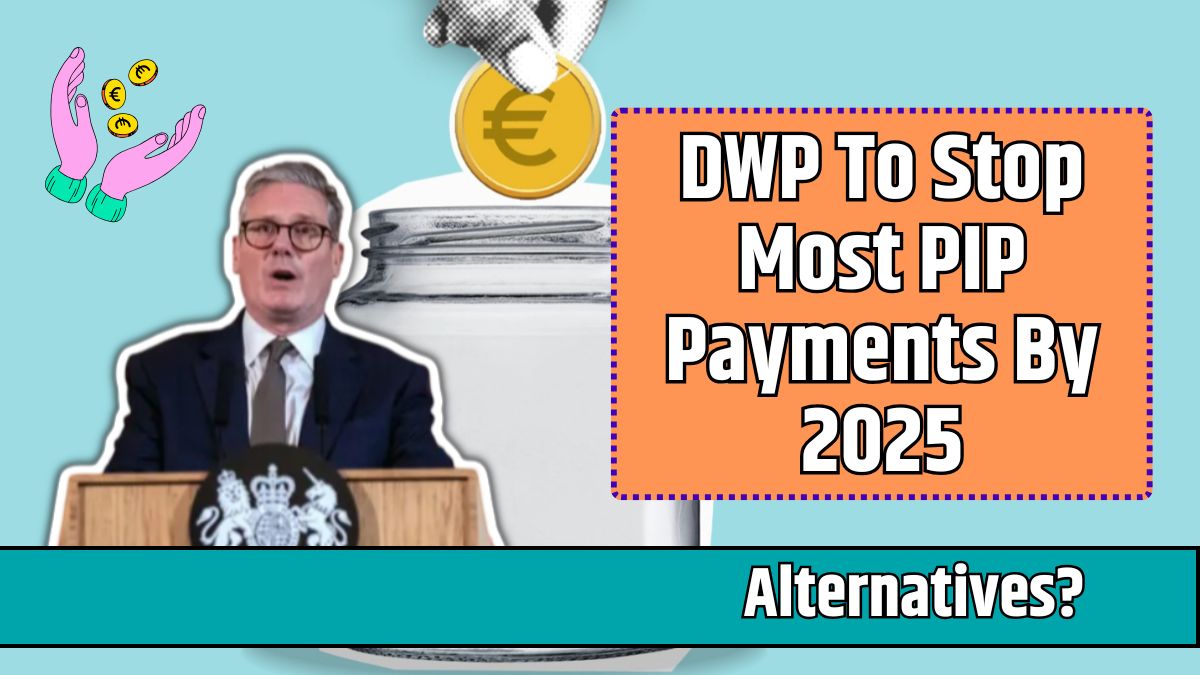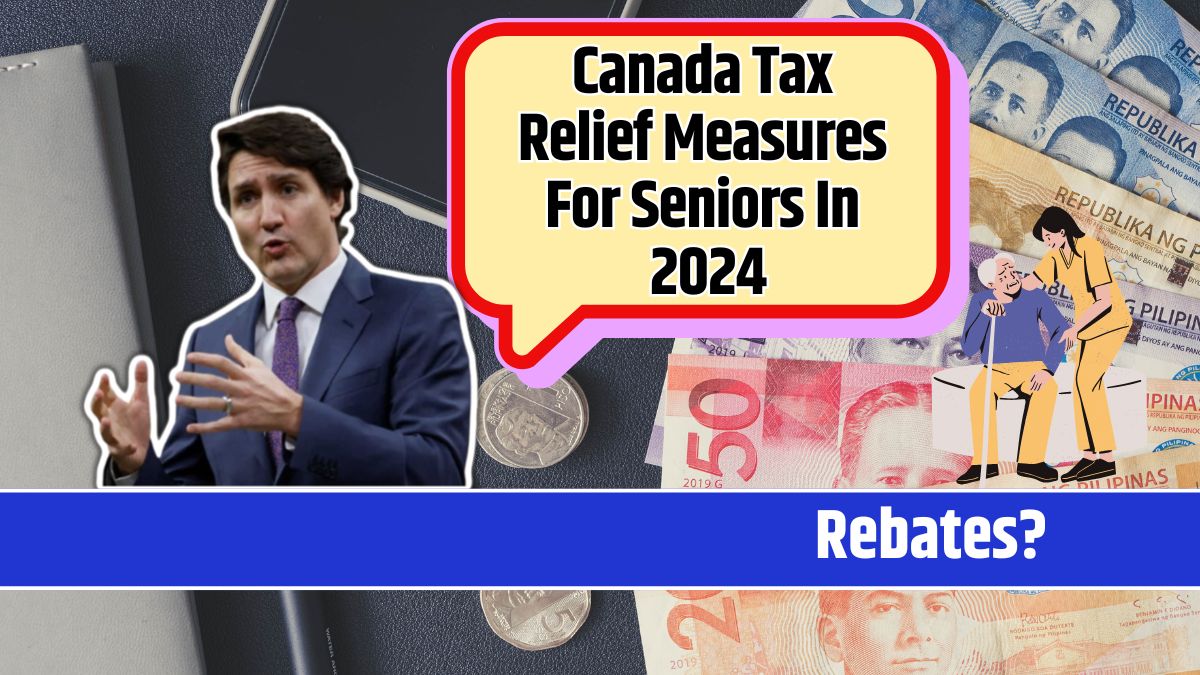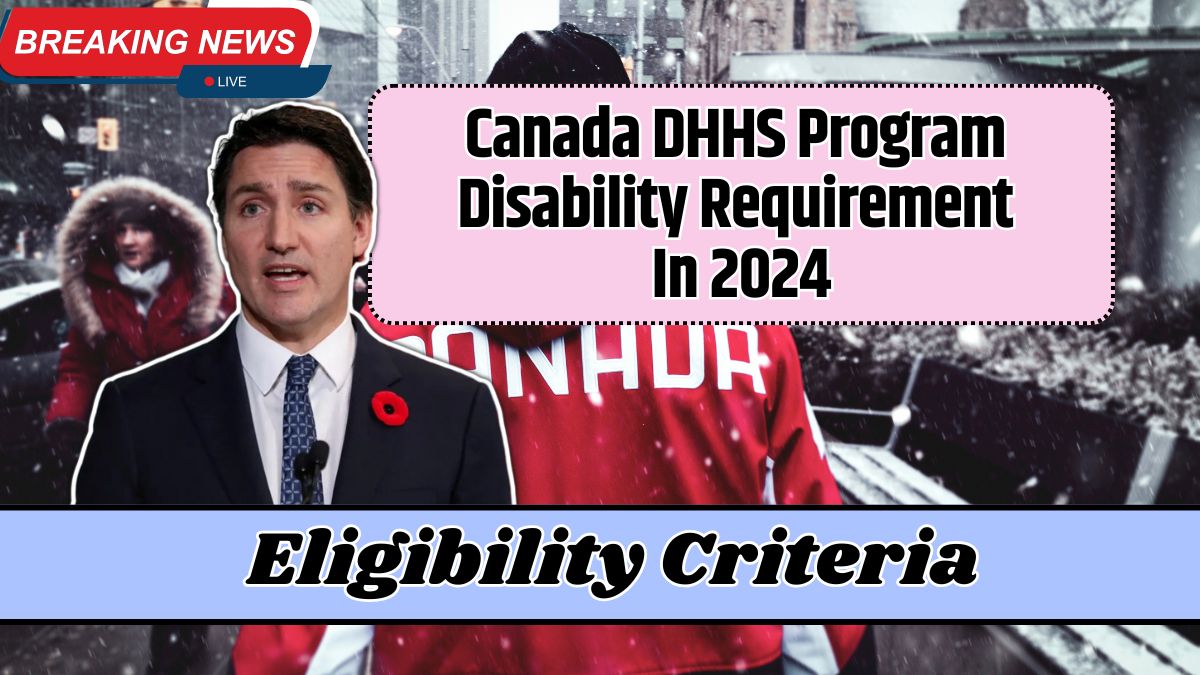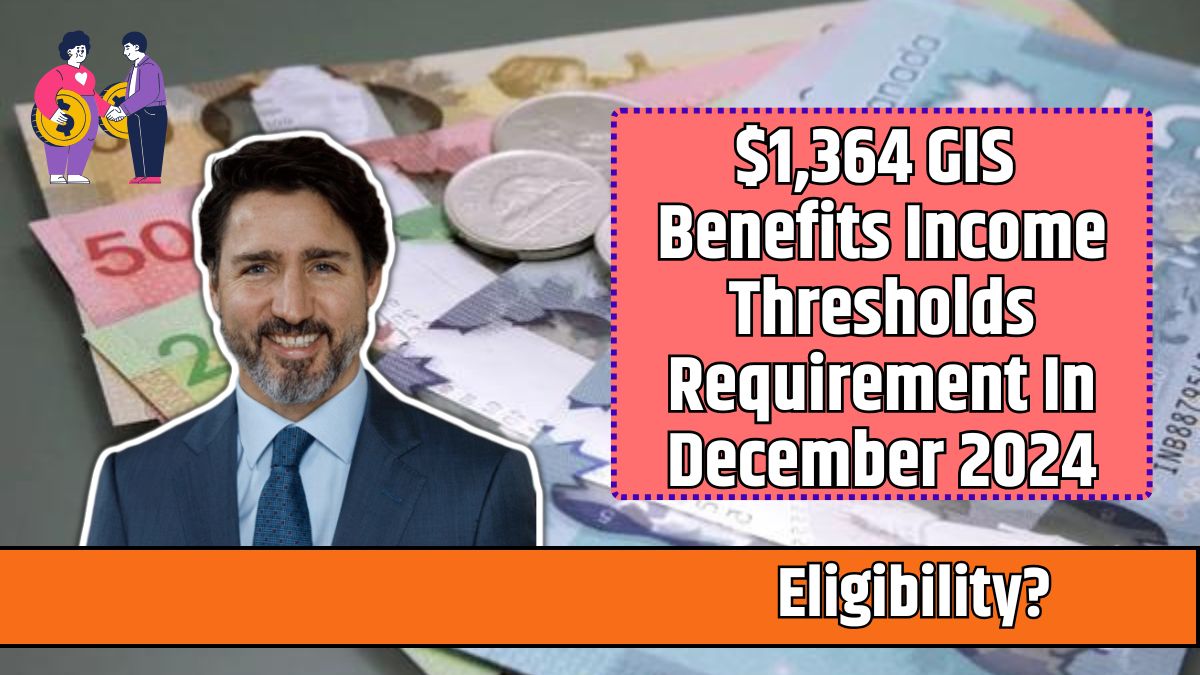With gas prices set to rise by up to 2.3% in 2024, Canadian households and businesses are bracing for the financial impact.
Starting in April, this increase could add approximately $2 per month to the average household gas bill. Several factors, including crude oil prices, the carbon tax hike, and global supply and demand, are driving this change.
Here’s a detailed breakdown of what to expect, why it’s happening, and how you can manage rising costs.
Key Details of the Gas Price Increase
| Detail | Information |
|---|---|
| Year | 2024 |
| Predicted Increase | Up to 2.3% |
| Impact on Household Bills | Additional $2/month starting April |
| Carbon Tax Increase | From $65 to $80/ton (April 1, 2024) |
| Primary Factors | Crude oil prices, carbon tax, supply and demand |
| Expected Stabilization | Prices expected to stabilize after the initial increase |
| Source of Updates | Government of Canada |
Factors Behind the Gas Price Hike
1. Crude Oil Prices
Gasoline is derived from crude oil, so fluctuations in the global oil market significantly impact gas prices. In 2024, oil prices are expected to remain volatile, driven by:
- Increased global demand as economies recover from the pandemic.
- Supply constraints due to production challenges and geopolitical tensions.
2. Carbon Tax Increase
Canada’s carbon tax, designed to curb greenhouse gas emissions, increased from $65 to $80 per ton on April 1, 2024. While this measure encourages greener energy usage, it directly raises the cost of fossil fuels, including gasoline.
3. Supply and Demand Dynamics
As Canadians return to pre-pandemic routines, such as commuting and traveling, demand for gasoline has surged. Global supply chains are struggling to keep up, exacerbating price pressures.
4. Seasonal Variations
Gas prices tend to rise during warmer months due to increased demand for travel and transportation. This seasonal trend will contribute to higher costs in spring and summer 2024.
How to Manage Rising Gas Costs
1. Apply for Carbon Tax Rebates
The Canadian government offers carbon tax rebates to offset increased costs for households. Depending on your province, these rebates could return up to 90% of the carbon tax paid.
How to Apply:
- Visit the Government of Canada website.
- Check your eligibility and complete the application process.
2. Monitor Local Gas Prices
Use apps like GasBuddy or websites that track gas prices in your area to find the cheapest fuel stations. Staying informed can help you save at the pump.
3. Adopt Fuel-Efficient Driving Practices
- Maintain your vehicle (e.g., tire pressure, engine tuning).
- Drive at steady speeds and avoid rapid acceleration.
- Plan routes to reduce unnecessary trips.
4. Consider Alternative Transportation
Impact on Businesses
Businesses, especially those in logistics and transportation, will feel the ripple effects of higher gas prices.
Increased fuel costs are likely to raise operational expenses, which may lead to:
- Higher prices for goods and services.
- Reduced profit margins for small businesses.
Mitigation Strategies for Businesses:
- Optimize delivery routes to minimize fuel use.
- Invest in fuel-efficient vehicles or alternative energy sources.
- Pass on costs to consumers carefully to maintain competitiveness.
What’s Next for Gas Prices in Canada?
While the 2.3% increase in gas prices may strain household budgets, stabilization is expected later in the year as supply catches up with demand. However, the rise in the carbon tax highlights the government’s commitment to environmental goals, which could mean continued upward pressure on fossil fuel costs.
Practical Tips for Households
- Reevaluate Budgets: Adjust your monthly budget to accommodate higher gas costs.
- Leverage Rebates: Apply for carbon tax rebates to recover some of the added expenses.
- Explore Green Options: Consider transitioning to fuel-efficient or electric vehicles, which may qualify for government incentives.
By staying informed and taking proactive steps, you can navigate the challenges of rising gas prices effectively.

